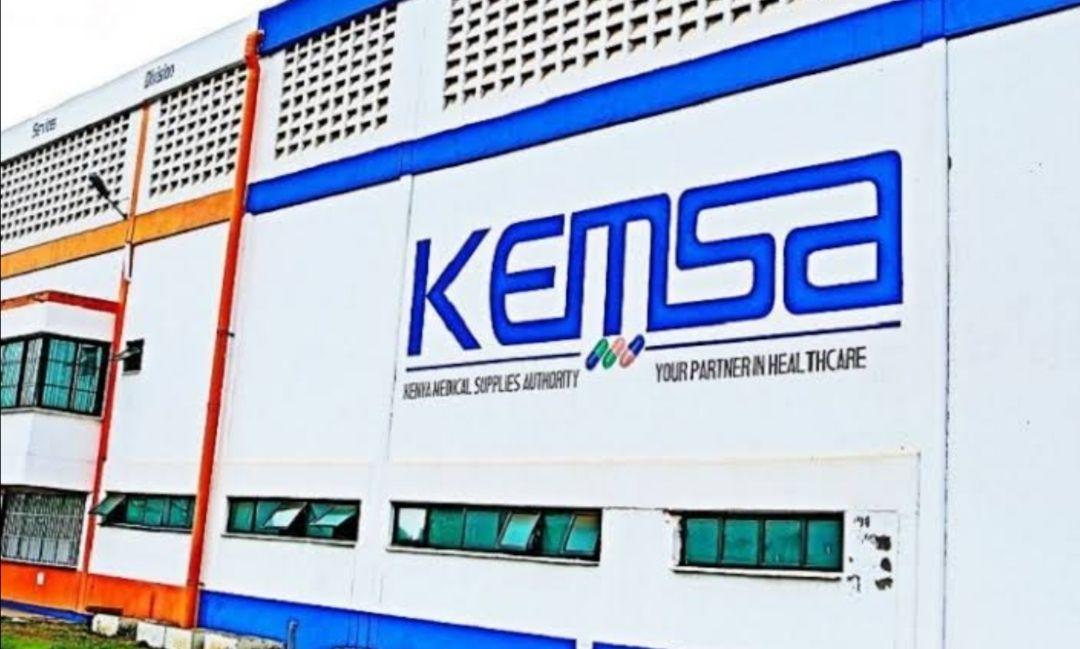Every person across the world desires that when ill health comes, as it does sometimes, they will enjoy quality, easily accessible, affordable and acceptable health services. In the past 50 or so years, Kenya has made strides to make this a reality for her citizenry.
However, the majority of the populace still cannot afford the services when required. That is why attaining Universal Health Coverage (UHC) has been adopted as one of the critical targets of achieving Sustainable Development Goals (SDGs) by the Kenyan government.
For this to be attained effectively, there is a need for progressive strategies for improving access, realising equity, providing quality services and strengthening the institutional framework.
The constitution of Kenya, under the Bill of Rights, gives the citizens the right to the highest attainable standards of health in line with the WHO Constitution which declares health a fundamental human right, thereby committing to ensuring the highest attainable level of health for all.
Universal health coverage (UHC) has been adopted as Target 3.8 of the Sustainable Development Goals (SDGs), with a clear goal of ensuring that individuals and communities receive the health services they need without suffering financial hardship. This includes the provision of essential, quality health services, from health promotion to prevention, treatment, rehabilitation, and palliative care. Progress towards UHC will ensure progress towards other health-related targets and towards equity and social inclusion.
Attainment of UHC is not only WHO’s dream but has been in the heart of every government that has ruled in Kenya. It was for example when the late Mzee Jomo Kenyatta took over the rule of Kenya in 1963, he promised to fight poverty, ignorance and disease. His long-term goal for healthcare was to establish a system of free, universal medical care with a short-term emphasis on increasing the overall number of doctors and registered nurses while decreasing the number of expatriates in those positions. A hallmark of his government was the introduction of free out-patients medical services.
Over time it was realised that accessing free healthcare for all was not possible within the structures of economic growth. However, each subsequent government continued to build on the previous one’s achievements of healthcare. The current government under President Uhuru Kenyatta placed healthcare as one of the Big Four Agenda, with envisaged universal health coverage to all Kenyans by 2022, guaranteeing quality and affordable healthcare to all Kenyans.
Unfortunately, none of the governments have succeeded to provide the frequently promised UHC. Credit be given that there has been great improvement in healthcare infrastructure with more health facilities by both government and private entities across all the counties.
The 2018 UHC pilot program in the four counties of Kisumu, Nyeri, Isiolo and Machakos where participants were to access free services in the public health facilities lessons learnt indicated the great need for healthcare services with noted high poverty. It was obvious that it would be impossible to roll out free primary healthcare for all given the high expenditure required noting that some individuals could not continue getting the care they were receiving because they could not afford on their own. This was adverse towards gains made.
It is undeniable that health is essential for human welfare and sustained economic and social development. Attainment of UHC, will bring obvious socio-economic benefits which will impact overall sustainable development and advancement. This will be as a result of the citizens having increased access to preventive, curative, rehabilitative and palliative health services at minimum or no financial burden thus eliminating inequalities to accessing health care services that is the case now. This will be evident as children go to school and the adults work without being pulled down or out of their livelihood due to preventable or treatable health issues.
The task now is to come up with ways of raising funds to make this a sustainable reality. With just a few months into 2022, there is need for more concerted effort if this is to be realised. All stakeholders must come together and pool resources so that none suffers undue economic stress to achieve UHC. On its part, the government has approved NHIF as the driver for the rollout and attainment of UHC.
It is common knowledge that in its current state NHIF cannot manage to handle this task, especially because of the magnitude and volume of work that it has not handled in the past. There is a need for an administrative and technological overhaul that is required before the roll-out of UHC. There is no doubt the government cannot do this alone.
There is a need for inter-sectoral and multi-sectoral coordination and collaboration with the public and private stakeholders being involved. Resources must be pooled together in a systematic, intentional and directional manner. Considerations of the various societal groups must be put into account recognising not all can afford to pay for health services. If this is not done, we shall continue hearing of fraudulent activities of medical practitioners and NHIF personnel, corruption, mismanagement of resources, slow claims processing time and unpaid bills to service providers leading to denial of services to members.
Unless the government and the private sector converge and come up with a mutually agreeable and workable solution, achieving UHC shall remain a far-fetched dream. This has been made more clear by the COVID-19 pandemic as resources are diverted to fight the scourge. Even the NHIF that receives contributions from more than 2 million citizens has said it does not have the capacity to cater for the needs of those who contract the virus. Many insurances are also not covering the pandemic or where they are the rates are not affordable to most because it is a rider to another cover. This is happening despite the fact that the virus does not know status and is infecting and affecting the rich and the poor alike. Survivors are giving gory details of not just the medical experience but the heavy bills they had to contend with running into hundreds of thousands and into millions depending on the severity and family members infected. Financial catastrophe is a reality for many who have to contend with these bills. The situation is so dire, that in one of the recent briefings, the President said that every citizen must enrol in an insurance programme, ranging from the NHIF cover to private insurance. This is a clear indication that things must change urgently. It is a good starting point so that even as packages are made, the stratums will dictate who offers what while ensuring all lives are catered for as they all matter.
The affordability of drugs cannot be ignored if the UHC is to be achieved. The government needs to meet with manufacturers and suppliers of drugs to work out a modality of ensuring medicines are affordable especially in government facilities. the government must ensure conducive local manufacturing conditions are established so as to encourage homegrown solutions.
The COVID pandemic has taught us that we cannot rely on imports because when push comes to shove, every country will be on its own. Unfortunately, even with policy on encouraging local manufacturing being in place, Kenya still lacks sufficient local manufacturing of medicinal drugs mostly due to the stringent measures that favour imports.
KEMSA needs to be more involved in soliciting for most affordable medicines while at the same time coming up with regional disease based pharmaceutical packages/kits to ensure that drugs not used in an area are not sent to that area. For example, why should drugs for malaria be sent in a region where malaria is not found?
This mass distribution of drugs has created ways of pilferage where drugs leave the government facilities and find themselves in private facilities in regions where they are required and patients are directed to those pharmacies where they get the medicines at higher rates than if they had gotten them from government facilities. This is a clear indication of a need for a robust ICT system that tracks movement of pharmaceutical products form warehouses to the health facilities and out of the facilities.




















